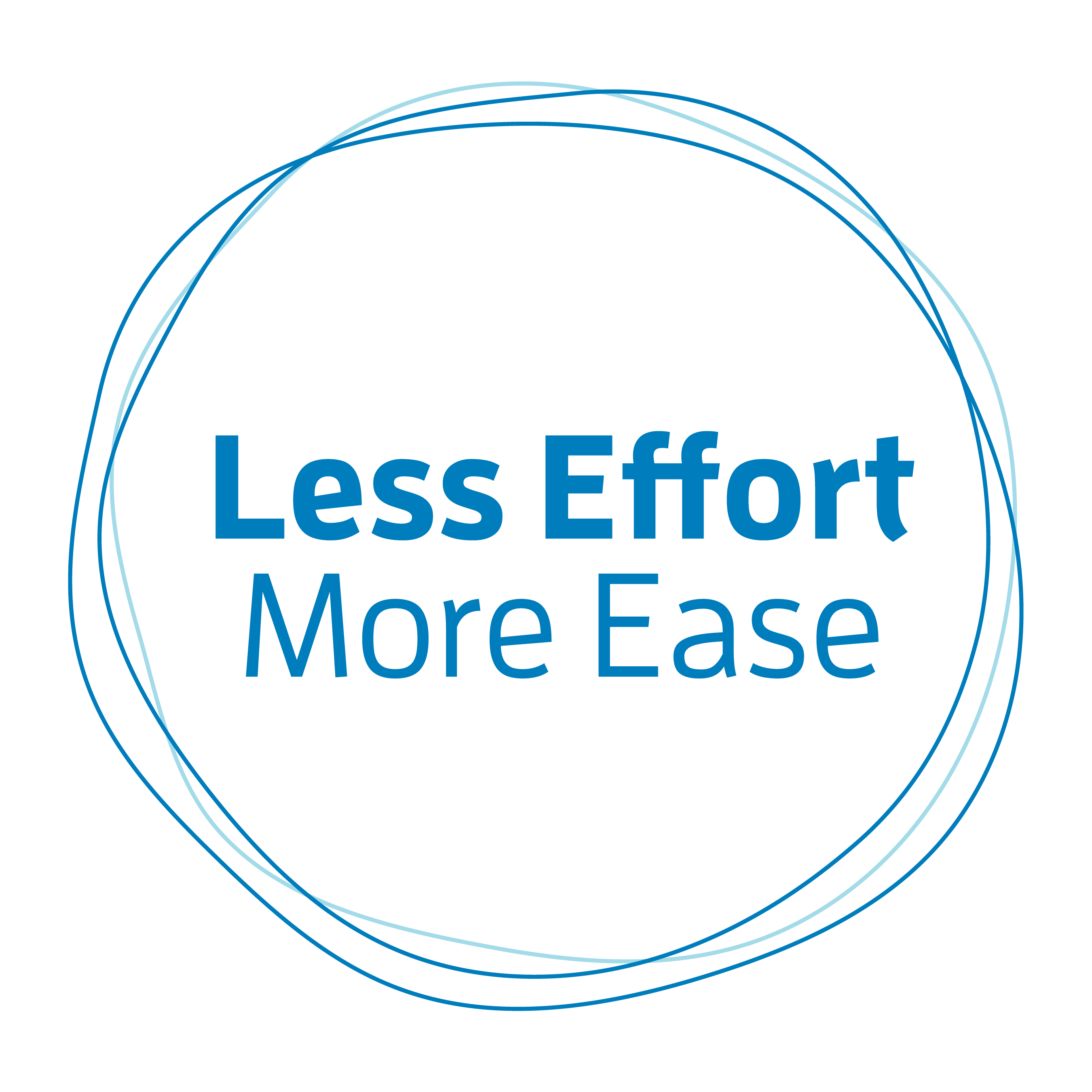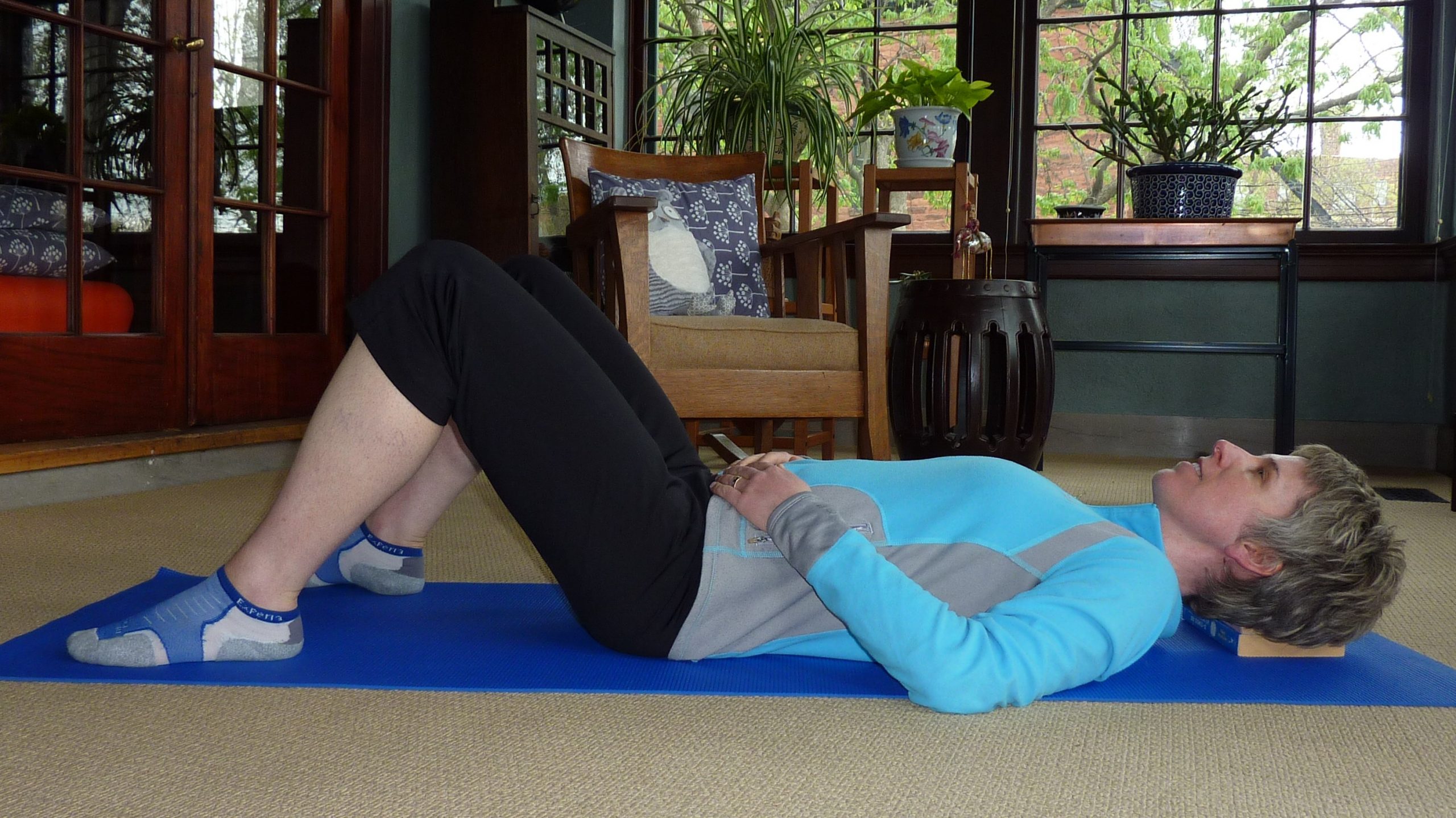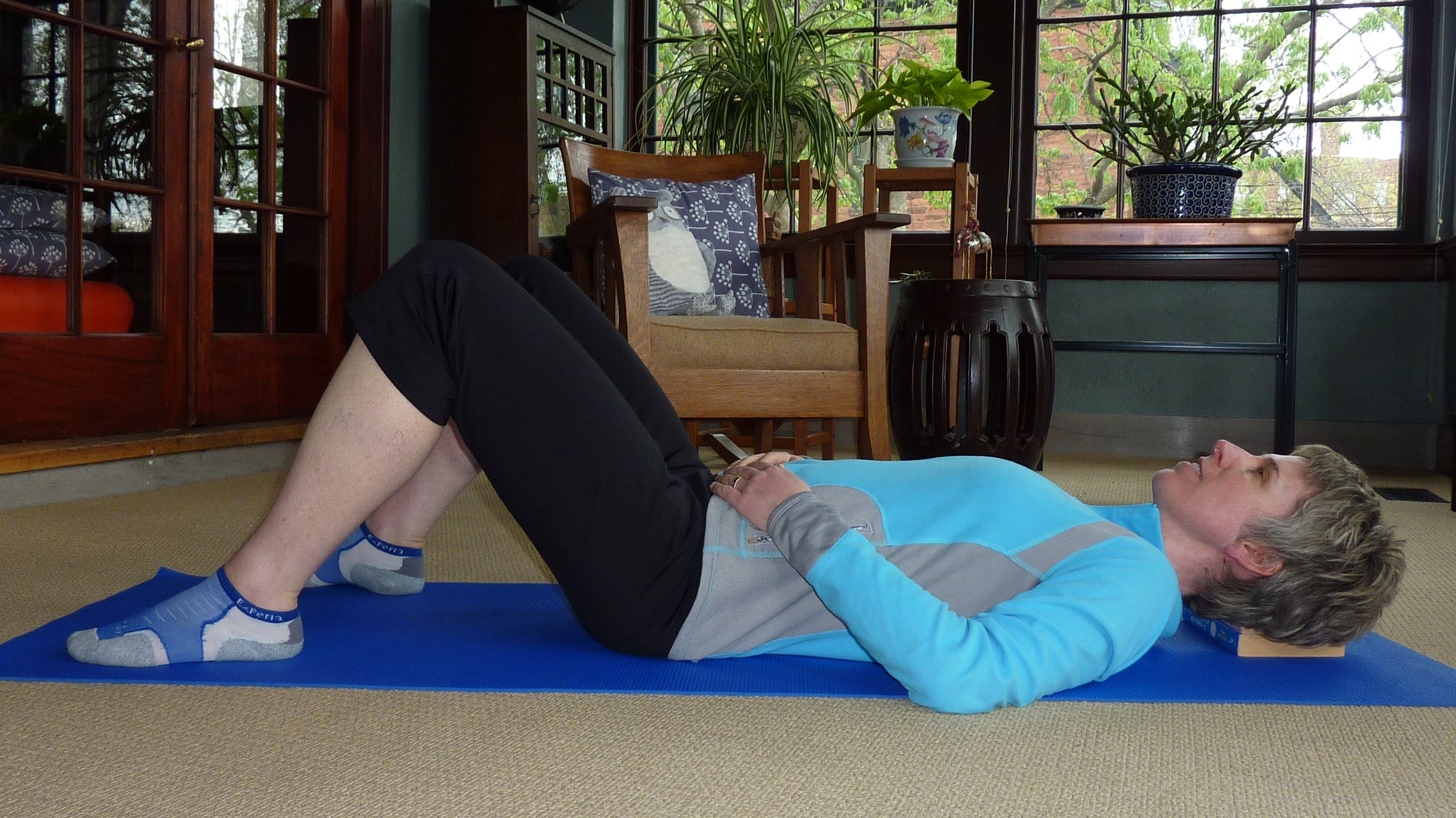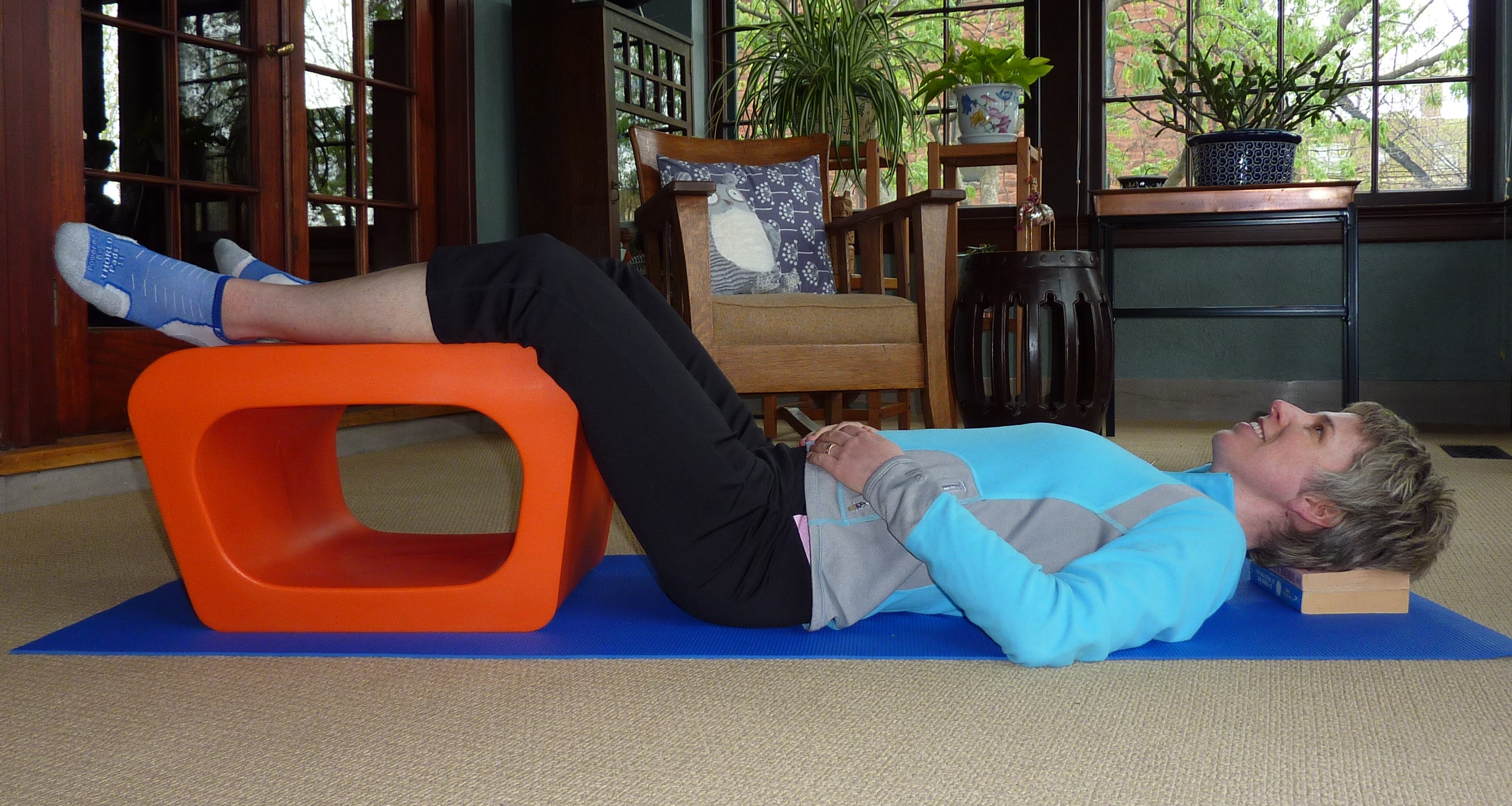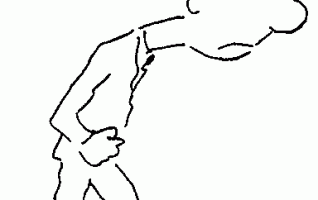JUST DO IT has been with us since Nike launched its well-known ad campaign in 1988. This slogan epitomizes how our culture typically attempts to solve our various problems.
Postural problems? Just give me the strengthening/stretching/postural exercises and I’ll just do it! Fixed! Maybe you have already tried this approach and it just hasn’t worked.
That is because Doing itself is often part of the problem.
When it comes to improving your posture, what you usually need to do is not something new but evaluate what you are already doing and do less of what is unhelpful, inefficient or harmful.
A big part of postural problems is excess tension. It literally pulls you out of shape. This excess tension feels normal because you carry it around all of the time. But if you don’t know you are doing something how can you possibly choose to do less of it?
One simple practice I have used daily for the past 19 years is the Alexander Technique Constructive Rest practice. Over time it has helped me discover areas of excess tension I didn’t know I was holding and gradually let go of the unnecessary effort in my body, especially in my neck, shoulders and back. I’d like to share it with you.
Get down onto a firm but comfortable surface. A carpeted floor works. A yoga mat on the floor or an old blanket folded up to provide some padding works. Doing this on a sofa or bed will not provide you will the same benefits.
Lie down on your back with your knees bent and your feet flat on the floor about hip or shoulder width apart. You could also put your legs up on an ottoman or drape them over a stack of pillows. The main thing is keep your knees elevated above your hips.
Support the back of the skull with some paperback books so that your head is not falling back.
Then do nothing for 15—20 minutes.
Nothing?
Yes. Nothing. No fidgeting to get your back or shoulders flat. No stretching to try to lengthen your spine. Just allow the floor to gradually support you. You don’t have to work to hold yourself up in this position. Enjoy having no demands.
This is a very supportive and neutral position for the body. It allows your spine to decompress because weight is not being transferred down the spine vertically as when you sit and stand.
When you are done, roll onto your side and come up to standing in a way that is easiest on your body. Try taking some of the ease you found while resting into the remainder of your day.
Make a commitment to do this daily for 10—20 minutes for the next month. See how it goes. In my next post I will answer some commonly asked questions about this practice. If you have any questions, post a comment with them and I will answer them as well.
